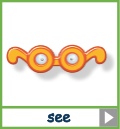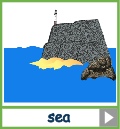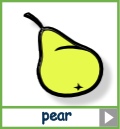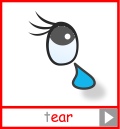Reading using phonics
Phonics reading is the process of firstly segmenting the written word into letters, or letter combinations, then associating known sounds to those letters and finally blending the sounds together to form words (decoding). Spelling (encoding) is the reverse of this process.
Children learn to read first and then to spell.
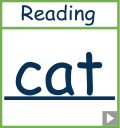
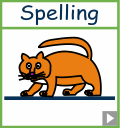
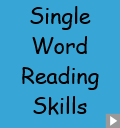
Having studied the association between the sounds and letters (phonics) your child is now ready to read single words using this knowledge.
Don’t worry if they haven’t got a comprehensive knowledge of the sound to letter associations, this comes with time and use. Continue to ensure they regularly cover all 44 phonemes whilst teaching them to read.
As your child gets exposed to words more frequently, they will either remember instantly the phonemes in the word, or will remember where they previously chose incorrectly and correct their first attempt at a word until they too instantly remember it.
Having become confident in reading single words it is time to start reading sentences. Although still concentrating on phonics, this is the ideal time to teach the rules and conventions of our written language such as punctuation.
Reading isn’t just about correctly converting alphabet letters into sounds; it is about understanding the meaning of the words just read. Lots of children can happily use phonics knowledge to ‘read’ a sentence but have no idea what they have just read when questioned. Having read a sentence, get them to reread it for meaning and then check their understanding.
Some English words can be pronounced identically but have different meanings, which can only be identified by their spelling, whilst others are spelt the same and so can only be identified by their context.
The importance of reading to, and with, your child can’t be overemphasized. The more your child gets exposed to words and enjoys the reading experience the quicker they will learn to read for themselves. Encouraging your child to join in the reading by using the phonics knowledge they have learnt increases this enjoyment even more.
You do not need to buy special phonics reading books; these have been written to cover specific phonics teaching goals and so can be boring for your child. We would recommend reading books that your child enjoys and discussing the phonics within the text, either during reading or when you have finished, so as not to disrupt the enjoyment of the book.
Learning to read is one of the most complicated things your child will learn to do, and it starts at the beginning of their learning experience, so the more we do to make it a success the more enthusiastic they will be to learn.

